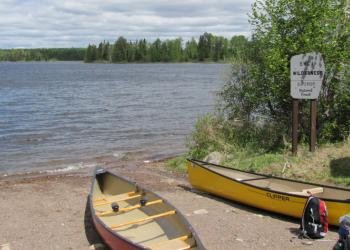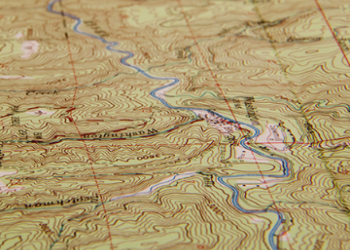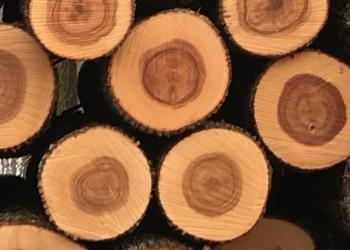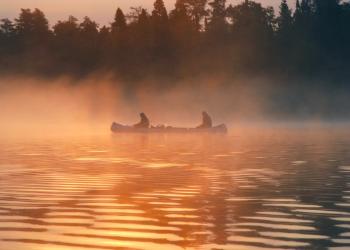Welcome to Superior National Forest
Established in 1909, the three-million acre Superior National Forest is the largest national forest east of the Mississippi River. The Forest is located at the southernmost edge of the boreal forest ecosystem and is home to thousands of clean lakes, rocky landscapes, iconic megafauna, colorful fall foliage and has a rich cultural history. Within the bounds of the Forest is the beloved one million-acre Boundary Waters Canoe Area Wilderness. Bordered by Canada, Lake Superior and Voyageurs National Park, there's truly a superior experience waiting for you.
National Visitor Use Monitoring
A hiker enjoys the fall color at Oberg Mountain on the Superior National Forest.
(USDA Forest Service photo by Joanna Gilkeson)October 2025 - September 2026 the Superior NF (Region 9) will be conducting visitor use surveys at recreation trailheads and points of entry.
Highlighted Stories
Mobilize Green staff prepare to insert wooden steps at a campground on the Superior National Forest.
(Photo courtesy of Marc Sanchez)This summer, over 200 young adults had the wonderful experience of learning about National Forest System land management.
Recreation Opportunities
Passes and Permits

Maps and Guides

Safety and Ethics

Timber Sales

Fire Prevention and Mitigation

Wilderness













